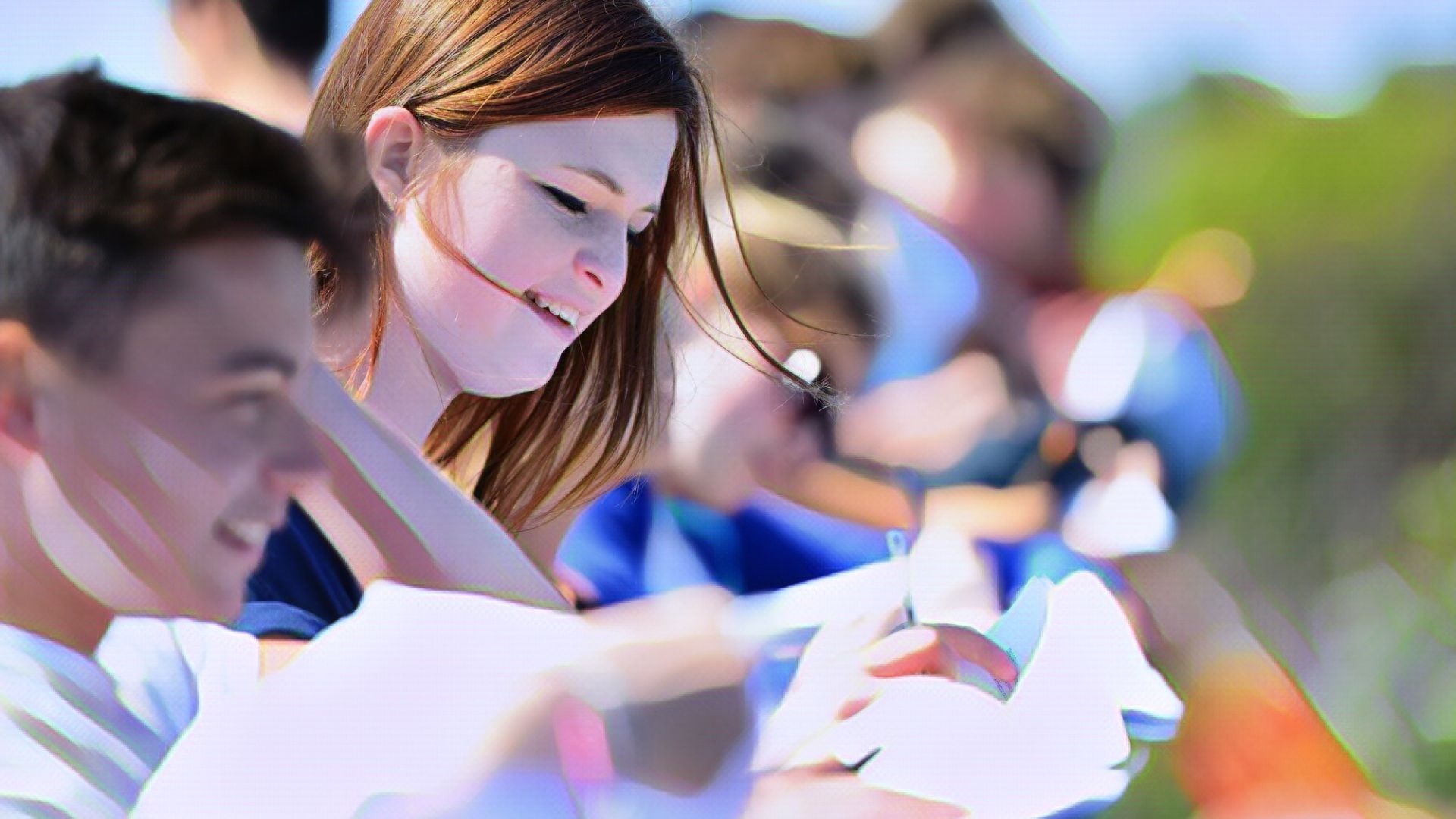For the start of the school year, OpenAI has a message for teachers: it is complex to detect assignments written by ChatGPT or any other generative AI. But that does not mean that nothing can be done.
Back to school is here, for students and teachers alike. With a major difference this year: the era of generative artificial intelligence (AI) has arrived, with the arrival of tools accessible to the general public, such as Midjourney for illustration and especially ChatGPT for text. Tools that are able to draw and write for you, according to your instructions.
The emergence of these generative AIs has been a subject of concern for several months, including at school level: will students let ChatGPT do their homework for them, instead of working? This fear has sometimes led to precautionary measures to prevent this cheating, by prohibiting the use of ChatGPT or by brandishing sanctions.
It is in this context that the American company OpenAI, which is behind ChatGPT, posted, in early September, a guide for teachers to help them become familiar with the tool and consider using it in the classroom. A guide that also serves as a warning: OpenAI reminds us that its system has limits, as well as prejudices and operating biases.
No detection tool is 100% reliable.
But, perhaps more importantly, the documentation provided by OpenAI includes a caveat: there is no silver bullet today that can reliably detect an assignment written by an artificial intelligence. In its frequently asked questions, the American company warns that existing detection techniques can be wrong.
” Although [certaines sociétés] published tools that purported to detect AI-generated content, none of them proved that it was possible to reliably distinguish between AI-generated content and human-generated content “, notes OpenAI, which notes that texts from Shakespeare and the Declaration of Independence have been labeled “AI” wrongly.
Even OpenAI, although very advanced in the field of generative AI, is not able to make a good distinction between texts coming from humans and artificial writings. OpenAI had been experimenting with a tool for six months, but the company ended up throwing in the towel at the end of July: the performance of the detector was far too low.
In other words, OpenAI advises against copying and pasting a student’s assignment into ChatGPT and asking them if it was written by them or by an equivalent artificial system. ” ChatGPT sometimes invents answers [à ce genre de question]. These answers are random and have no basis “. Impossible, therefore, to base a sanction of a pupil on this basis.
An example of a bias ChatGPT can have, OpenAI says, is the way texts can be written by people with a very formal or concise purpose: they could be more easily mislabeled as contrived. Ditto for people whose mother tongue is not English: the way of expressing themselves, if it is less “natural”, could do them a disservice.
Another concern that OpenAI points out: nothing prohibits a student wishing to make life easier with ChatGPT from making a few touch-ups here and there in the production of the AI to make it more credible. These small changes can be enough to escape detection. Just as a student can write a response a little differently by copying what his classmate has written.
Learn to work with ChatGPT
Despite these difficulties, OpenAI points out that there may be solutions to put in place with students to overcome this new challenge – in the same way that pedagogy and teaching have adapted with the eruption of smartphones, computers and the Internet, both in class and at home. One of the avenues that OpenAI suggests is to work with ChatGPT.
” One technique that some teachers have found useful is to encourage students to share specific ChatGPT conversations “says the company. This makes it possible to evaluate the work of the AI together, to develop critical thinking and to collaborate, between students or with the teacher. And OpenAI believes it can also empower students.
” We foresee a future where the use of AI tools such as ChatGPT will be common concludes OpenAI. From then on, as much from now on ” encouraging responsible use helps students prepare for a future where they will use AI in different contexts »
If you liked this article, you will like the following ones: do not miss them by subscribing to Numerama on Google News.
